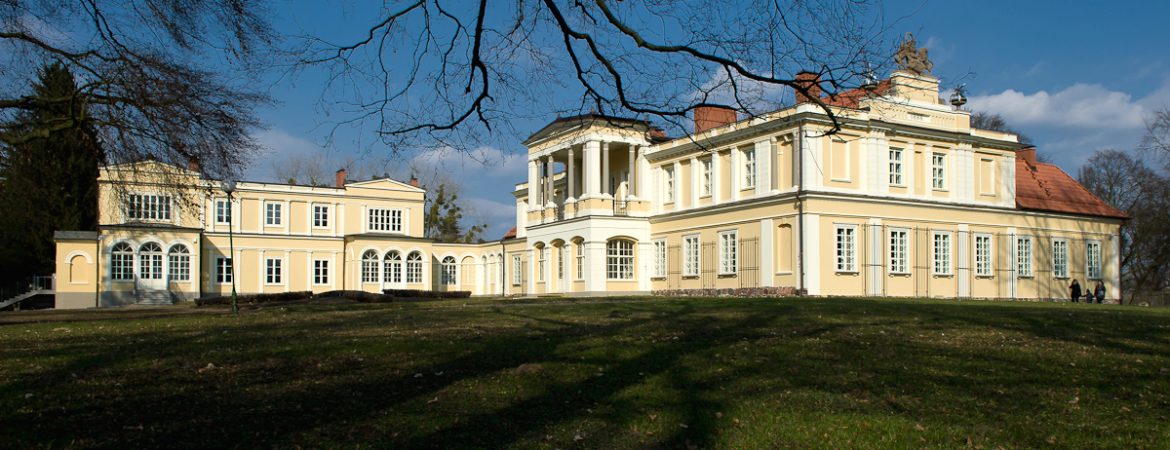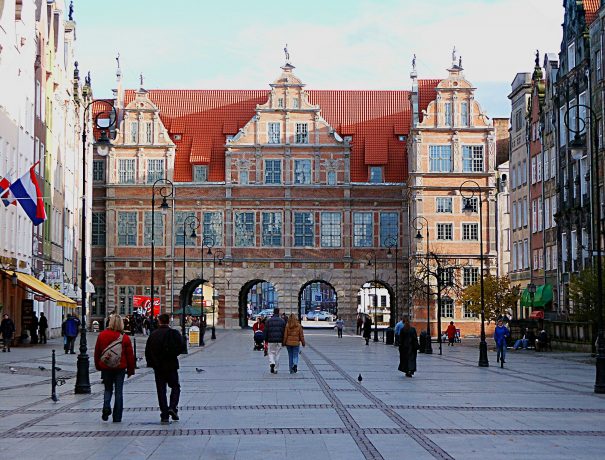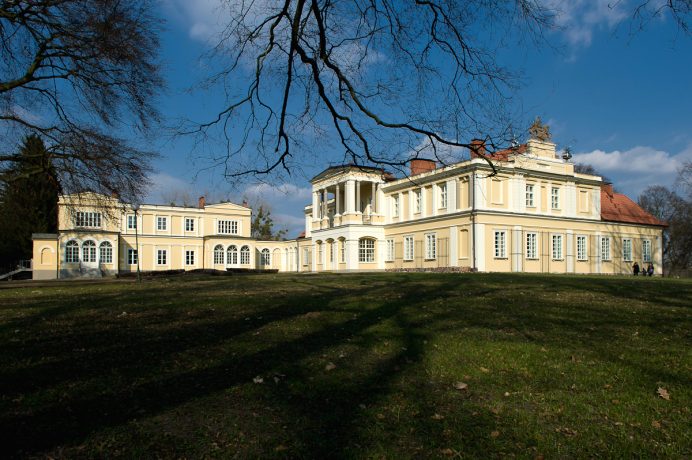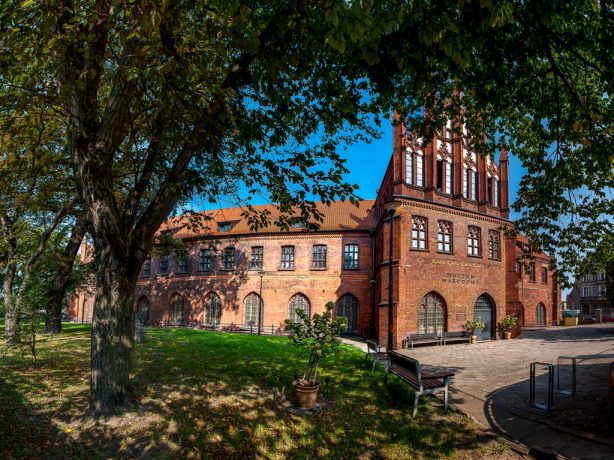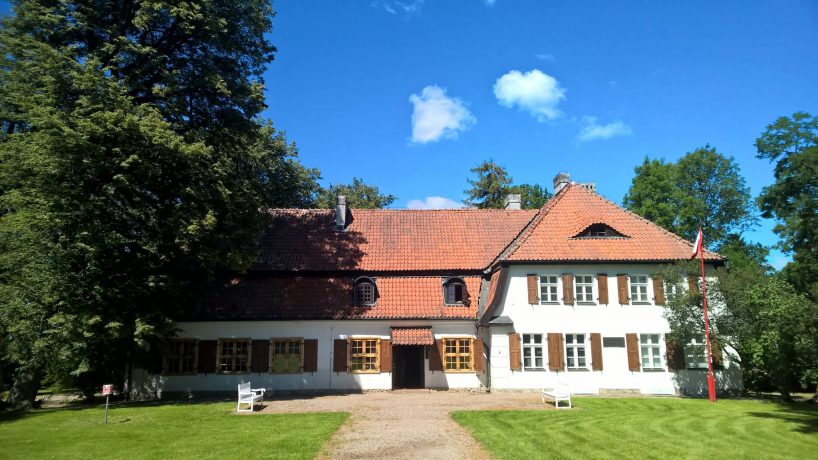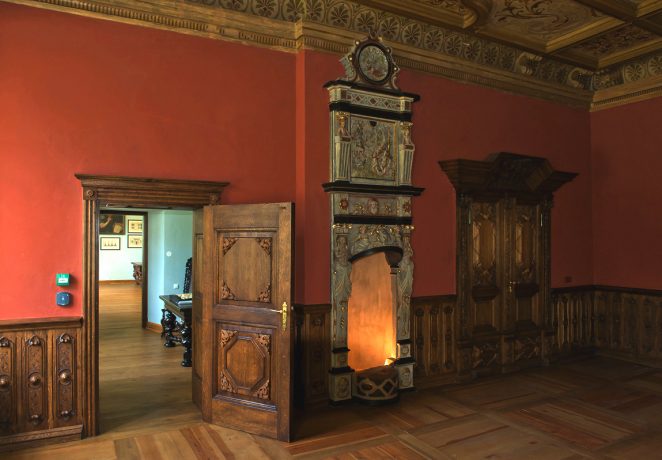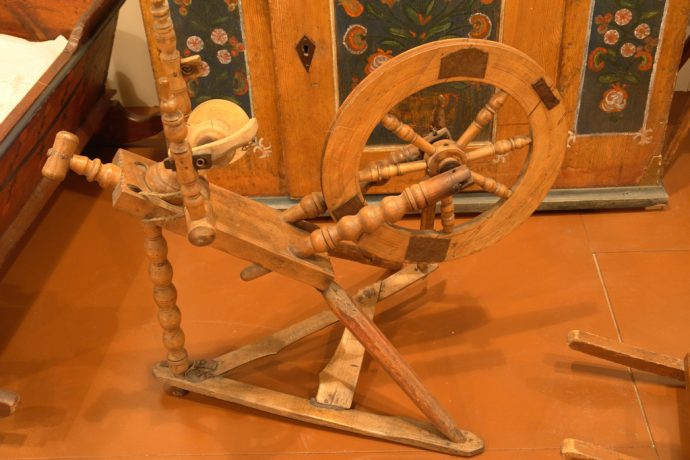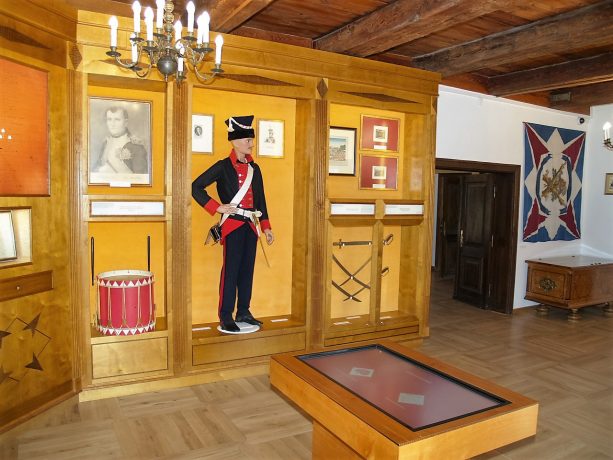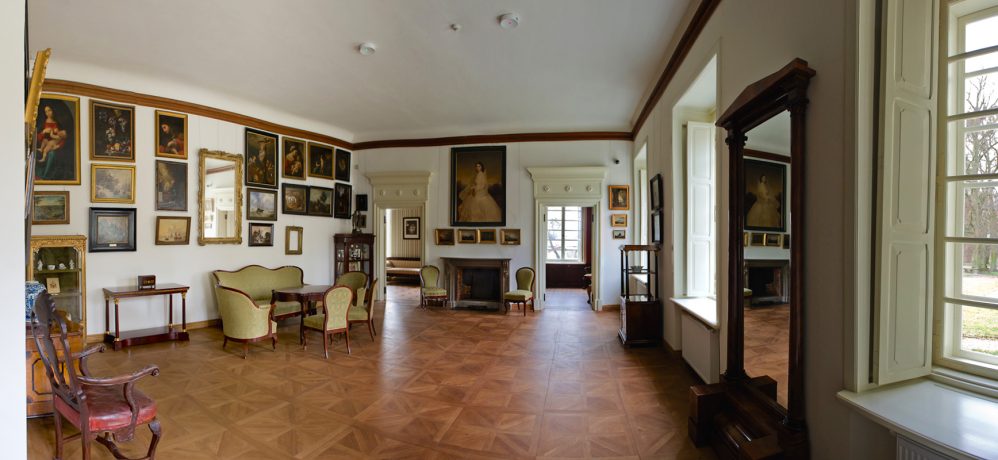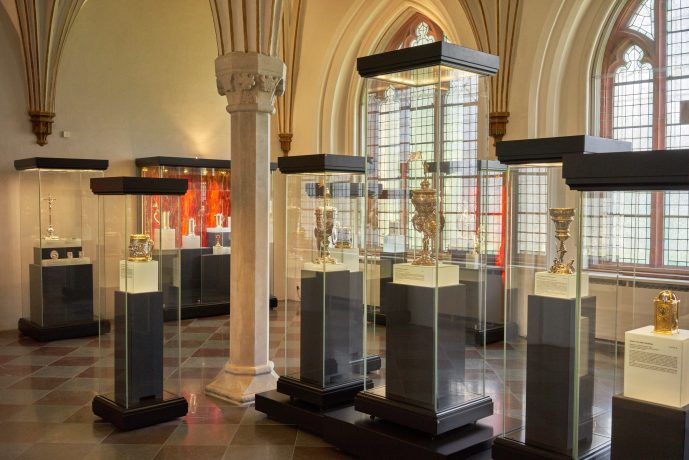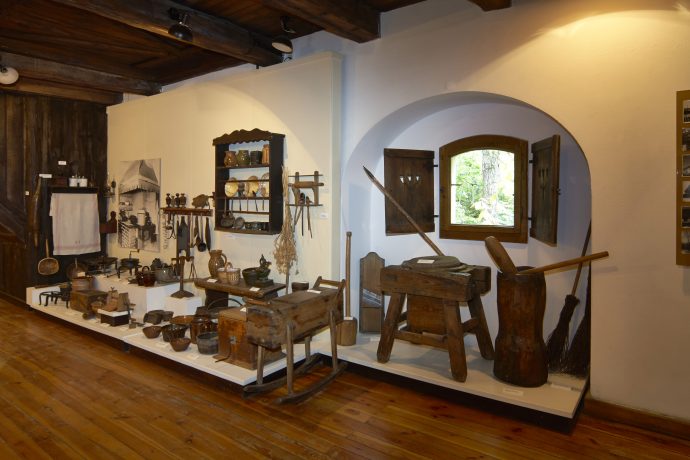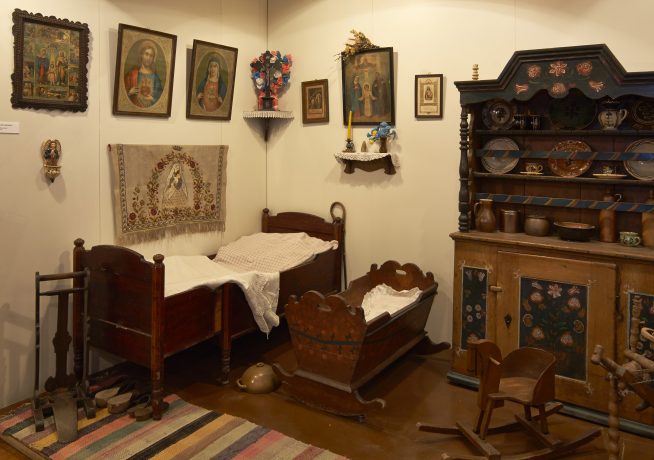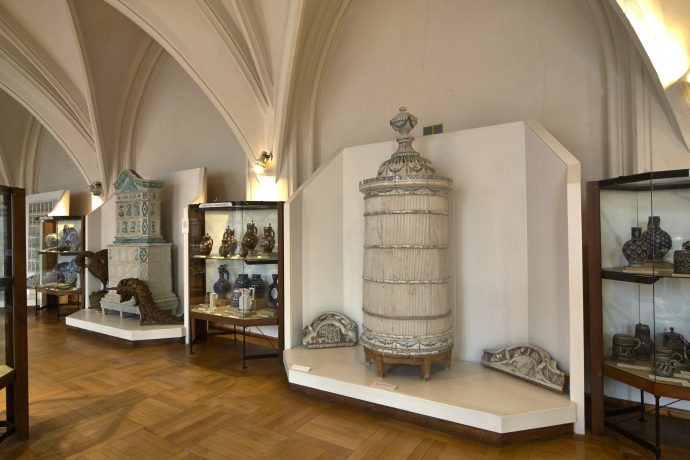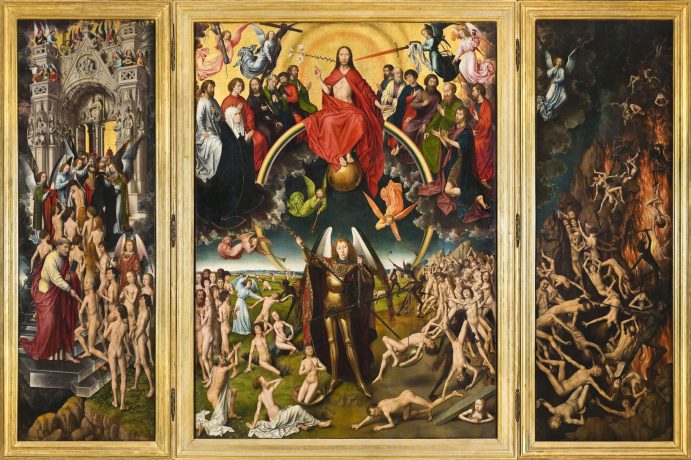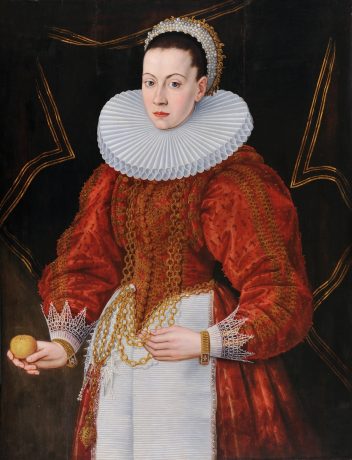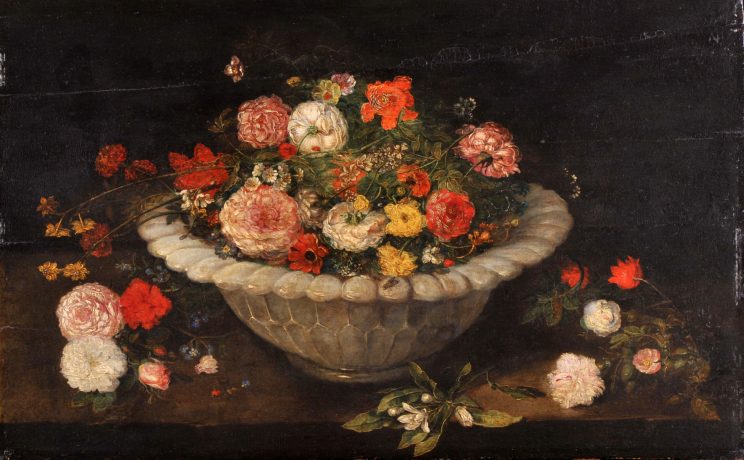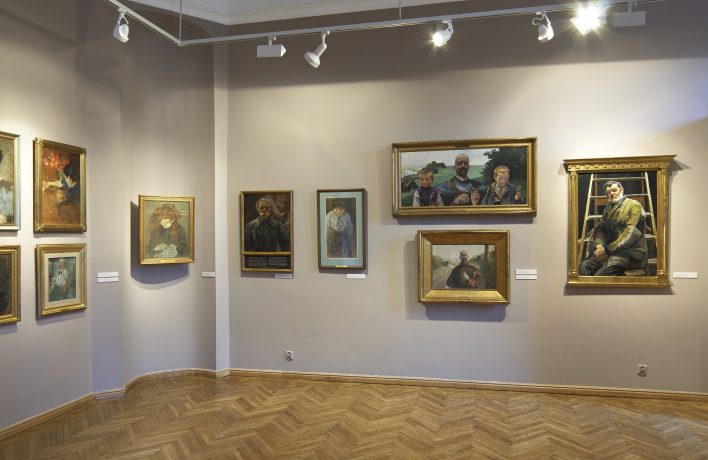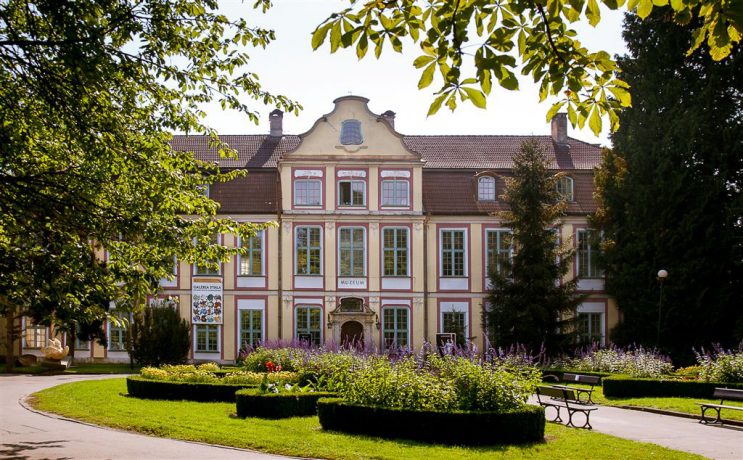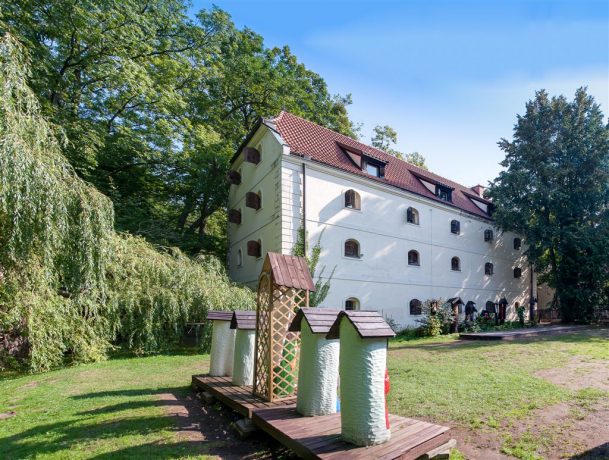While traveling around Poland, we finally have reached one of the most famous Polish cities up north, the pearl of the Baltic Sea, the beautiful city of Gdansk. Located between the two rivers, Wisla and Moltawa with a close company of the bay, Gdansk used to be a very influential, rich and powerful place on the map of Europe. Throughout its nearly thousand years of history Gdansk became a symbolic city. This is where the Second World War started and where the workers strike against Communists began. No wonder this is where one of the oldest museums in Poland exists.
The building of the former Franciscan monastery has been serving as a storage and exhibition space since 19th century. In the very beginning it was a headquarter of Stadtmuseum, the City Museum. The main goal of the City Museum was to gather the collections of the art by the old masters. The main exhibition was heavily based on the collection of one man: Jacob Kabrun. He was a diplomat and a merchant and most of all a passionate art and books collector who decided to leave all his assets to the city of Gdansk. According to the inventory made in 1856 the collection consists of around 350 paintings, 1950 watercolors and drawings, more than 10 000 engravings. Kabrun is considered to be the patron of the museology in Gdansk as thank to his input, the City Museum was able to begin their activity. In 1884 the museum was joined with the other institution, Kunstgewerbemuseum (the Handicraft Museum), and created the new cultural center that was operating without any problems until the great wars of the twentieth century.
As Gdansk was officially in the territory of Prussia until the end of Second World War, the Museum gained its Polish name in 1950 and was re-called Pomeranian Museum in Gdansk. It was in 1972 when the museum became officially named the National Museum and it’s now mentioned as one of the seventh most distinguished Polish museums.
National Museum has six departments in six different historical buildings spread around the city and even outside of it. The main one, the late Gothic Franciscan monastery, which has remained the main venue of the institution since its very beginning, is the house of the department of the historical art. The displayed collection is proudly represented by Flemish and Dutch paintings from the 15th and 17th century. The most famous piece of art, actually also in the whole country, is The Last Judgement by Hans Memling. The viewers can also admire the art of Peter Bruegel the Younger, Jan Brueghel the Elder, Paul Vredeman de Vries or Jacob Swanenburg. There is a big part of the display focused on the Gdansk painting. There are 265 works from the period between 16th to the early 20th century that present the most important trends and artist in historical Gdansk art. There is also a large collection of prints and drawings representing all the European schools from the 15th to the 19th, including works of great masters such as Rembrandt and Durer. In the gallery there are also examples of ceramics, embroideries, artistic tin, gold, silver and historical textiles.
Only around a 15 minute walk from the monastery is the Gdansk Photography Gallery, which is located at the famous street Dlugi Targ (Long Market). The displayed photographs were taken mostly by contemporary Polish and foreign artists. Thanks to the various donations the scale of the exhibition enlarges each year. Just next to the Photography Gallery there is The Green Gate, the part of the Museum, where the temporary exhibitions take place. Currently, until June, the visitors can admire there a display Japanese Dolls: magic, manners, legends.
Getting to another department by foot might take a little bit more time so we do recommend taking a tram or jumping into the car. The section of the modern art lies in the former Abbot’s Palace at Cysters Street (pretty close to the ZOO!). Traveling a little bit out of the center is absolutely worth it though as the collection displayed in the Gallery of Modern Art includes all the best artists representing all the trends and art movements in the 19th and early 20th century. The viewers can admire works of Matejko, Boznanska, Gierymski, Podkowinski or Malczewski. The exhibition also covers prints, ceramics, sculptures and artistic fabrics. The guests can meet not only Polish geniuses but also some of the greatest artists from Europe. There are more than 65 works by Gunter Grass but also a large ensemble of works by Marc Chagall, Wassily Kandinsky or Georges Braque.
Right beside the Gallery of Modern Art is the Department of Ethnography, another part of the National Museum, so you don’t have to travel far this time. Until now the Museum managed to gather about 9000 exhibits of folk culture, mostly focused on the Pomeranian culture. However, there are also examples of cultural items of the Kuyavia, Pałuki, Warmia and Masuria regions. There is also a small, but equally interesting, collection of non-European ethnographic items, with arms, sculpture, ceramics and jewelry from Africa, South America and Oceania. The Department of Ethnography is located in what used to be Abby’s granary.
If you want to reach the last department of the Museum there is a longer ride to complete as the National Anthem Museum lies in Będomin that is around forty kilometers away from Gdansk. In the picturesque landscape is a little center dedicated to the patriotic collection. On the display you can find even 19th century music boxes that still plays Dąbrowski’s Mazurka (Polish national anthem) or the oldest records with the songs from the 20s. This place will take you for a little nostalgic trip back in time and helps you explore Polish history from the different side.
National Museum in Gdansk has so much to offer that the collection had to be divided into several departments in several different places. However, there is no better way of visiting the city than doing your little sight-seeing while getting to another department of the Museum. Attention! You might need more than one day to complete the tour, but it will be absolutely worth it!
